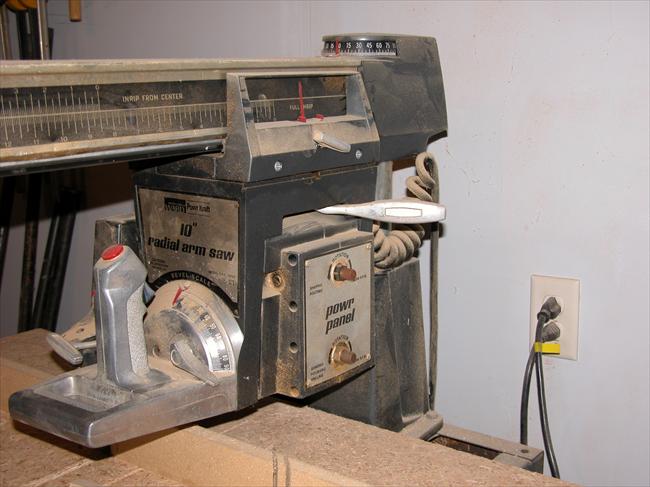Hello Fellow Creekers:
I just thought I would share a recent shop project I've been working on.
A few weeks ago, I came across a radial arm saw with a broken motor pivot mount but in otherwise decent shape. I've always wanted an overhead pin router for template work, so I thought it would be a fun project to mount a router on the radial arm carriage. $10 and a short drive home brought it into my shop.
I just finished the final setup today, and I am posting the videos I've made so far. I will be making one or two final videos to show it in action, but I've already made a few cuts and it seems to work pretty well.
Comments and suggestions are welcome....thanks in advance :-)
1. Explaining the project for my Dad's benefit, and showing him the two routers (optional)
2. Stage 1
3. Stage 2
4. Resizing the router support box (optional)




 Reply With Quote
Reply With Quote



